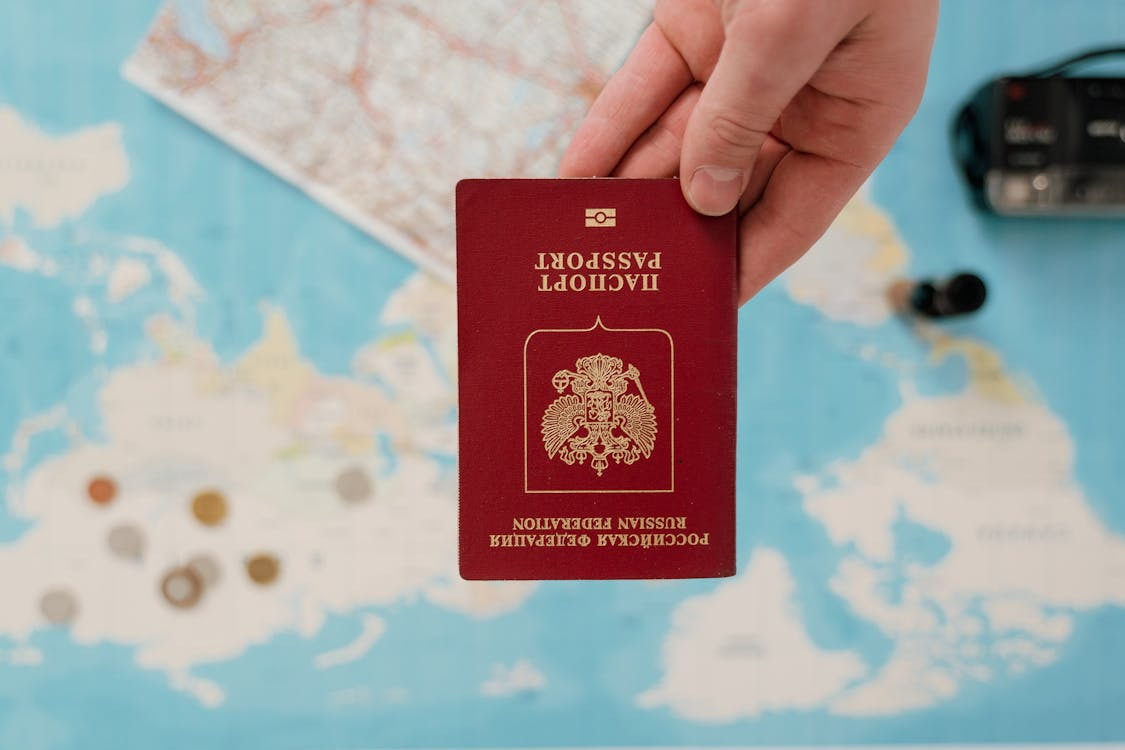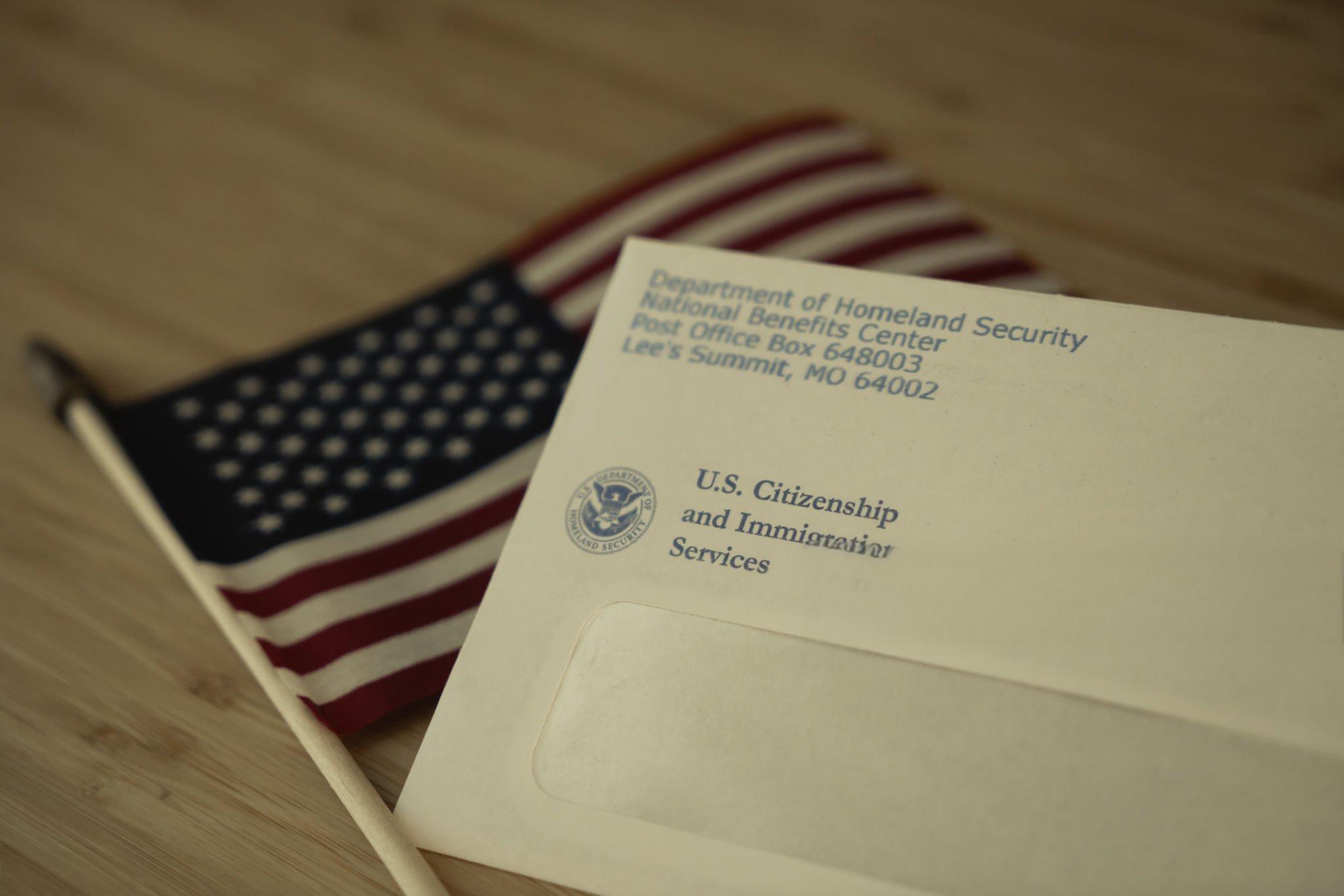Picture a high-powered executive in a boardroom, poring over a freshly translated partnership agreement from Mandarin to English. Everything looks solid—until a closer audit reveals that "mutual exclusivity" got rendered as something closer to "shared access," flipping the intent and nearly derailing a multimillion-dollar deal. Stories like this aren't rare; they're wake-up calls about why, even in our AI-driven era, human translators hold the upper hand for material where one slip can cascade into chaos.
Machine translation tools have undeniably changed the game. They're zippy, cheap, and handle the grunt work of converting casual chats or bulk data without breaking a sweat. Think of them as reliable for skimming foreign news or roughing out emails. But step into territories that demand ironclad precision, and the cracks show. Algorithms are wizards at spotting patterns and spitting out literal equivalents, yet they often miss the boat on layered meanings, local flavors, or that spark of ingenuity humans bring to the table.
Let's start with the legal arena, where words aren't just ink—they're binding. Contracts, filings, and statutes teem with terms that shift based on jurisdiction, and a fuzzy phrase can invite lawsuits or void agreements. I recall digging into a study on English-to-Arabic legal translations, where humans nailed terminology and clarity far better than AI like ChatGPT, avoiding pitfalls like swapping precise legal jargon for casual stand-ins. Another bit from a 2024 MIT analysis showed professional translators hitting a COMET semantic accuracy score of 0.78, outpacing leading AI models at 0.66—a solid 18% edge in nuanced handling. It's not just numbers; humans draw on real-world legal smarts to tweak phrasing, ensuring it meshes with local rules and dodges ambiguities that could cost fortunes.
Medicine ramps up the urgency even more. Here, bungled instructions on meds or diagnoses aren't oops moments—they can endanger lives. Machines trip over specialized lingo, sometimes inventing terms or mangling contexts, with human editors stepping in to fix a whopping 94% of those glitches in post-review workflows. Back in 2017, an MIT study pegged human translations as 70-80% more accurate in medical texts, a gap that persists because pros factor in cultural taboos, like how to phrase mental health issues without stigma in certain regions. I've seen cases where AI glossed over allergy warnings, but a human with healthcare chops would flag and refine it, building patient trust along the way.
Patents are no less critical, guarding innovations that fuel economies. A sloppy translation might weaken protections or spark infringement wars. While specific patent data is sparse in recent reports, the broader technical translation insights align: humans excel at dissecting complex syntax and domain quirks that AI fumbles, often needing that human polish to hit patent-office standards. It's about more than words—it's decoding the science to craft bulletproof claims across languages.
Then there's marketing, where it's all about landing that emotional punch without cultural faux pas. A tagline that zings in one tongue might bomb elsewhere if not adapted with flair. Humans shine by infusing local idioms and vibes, far outstripping AI's often flat outputs. That same MIT dive into imperative sentences showed Google Translate scraping by at just 29% accuracy versus humans, underscoring why campaigns lean on pros for resonance. You know, it's like how a machine might translate a pun literally, killing the joke, while a human reworks it to spark smiles in the target market.
Smart setups mix both—AI for drafts, humans for finesse—with Gartner noting hybrid models slashing errors by 55%. But for the big leagues, ditching humans is risky business. Take Artlangs Translation: they've been at it for years, mastering over 230 languages with a focus on video localization, short drama subtitles, game tweaks, and multilingual audiobook dubbing. Their stack of standout projects shows how hands-on experience turns tricky localizations into smooth successes, sidestepping the snags that trip up pure tech.
Look, tech's marching on, and machines will keep improving. Right now, though, in spots where accuracy, cultural fit, and creativity count most, humans aren't just better—they're indispensable for dodging disasters and delivering results that stick.











